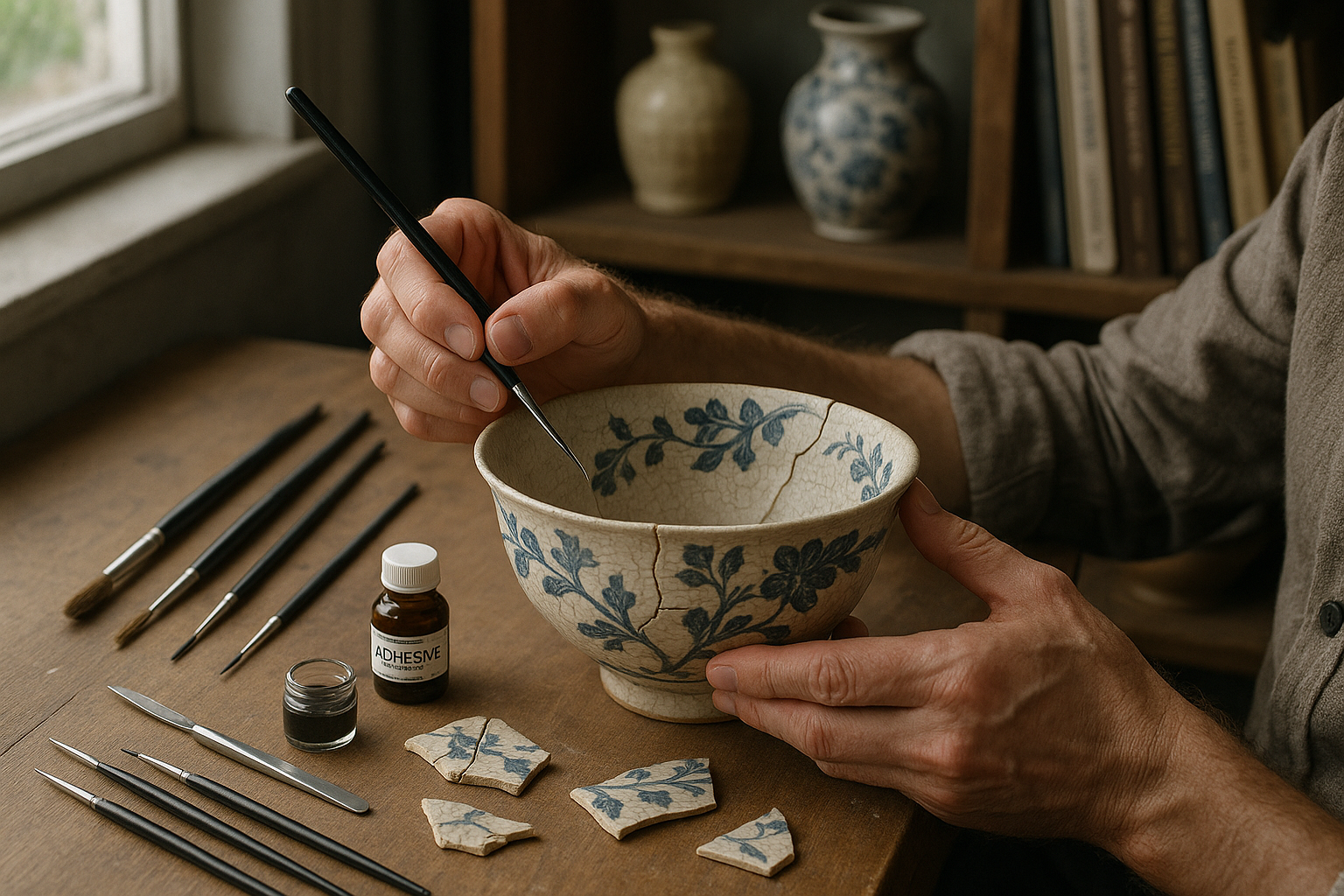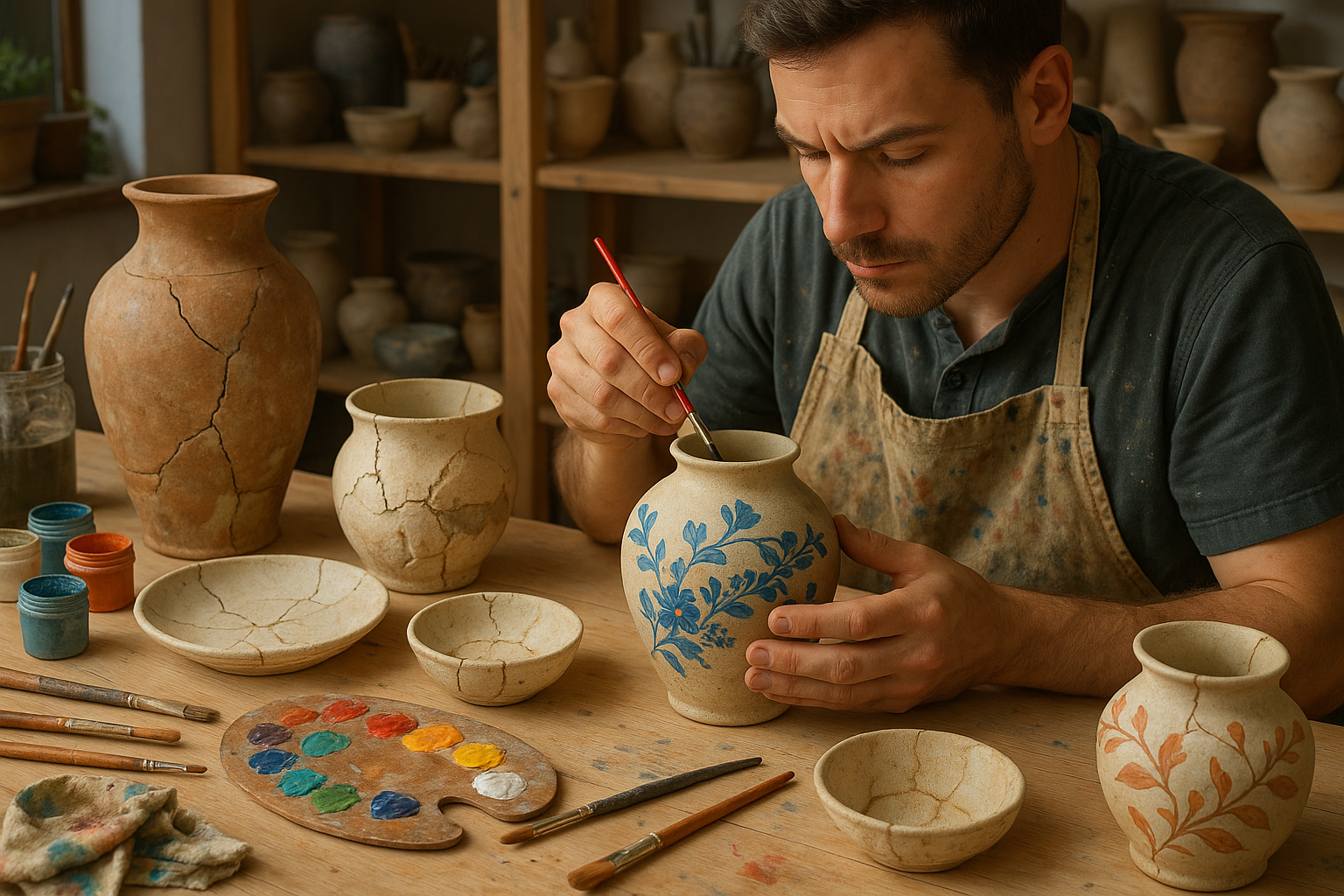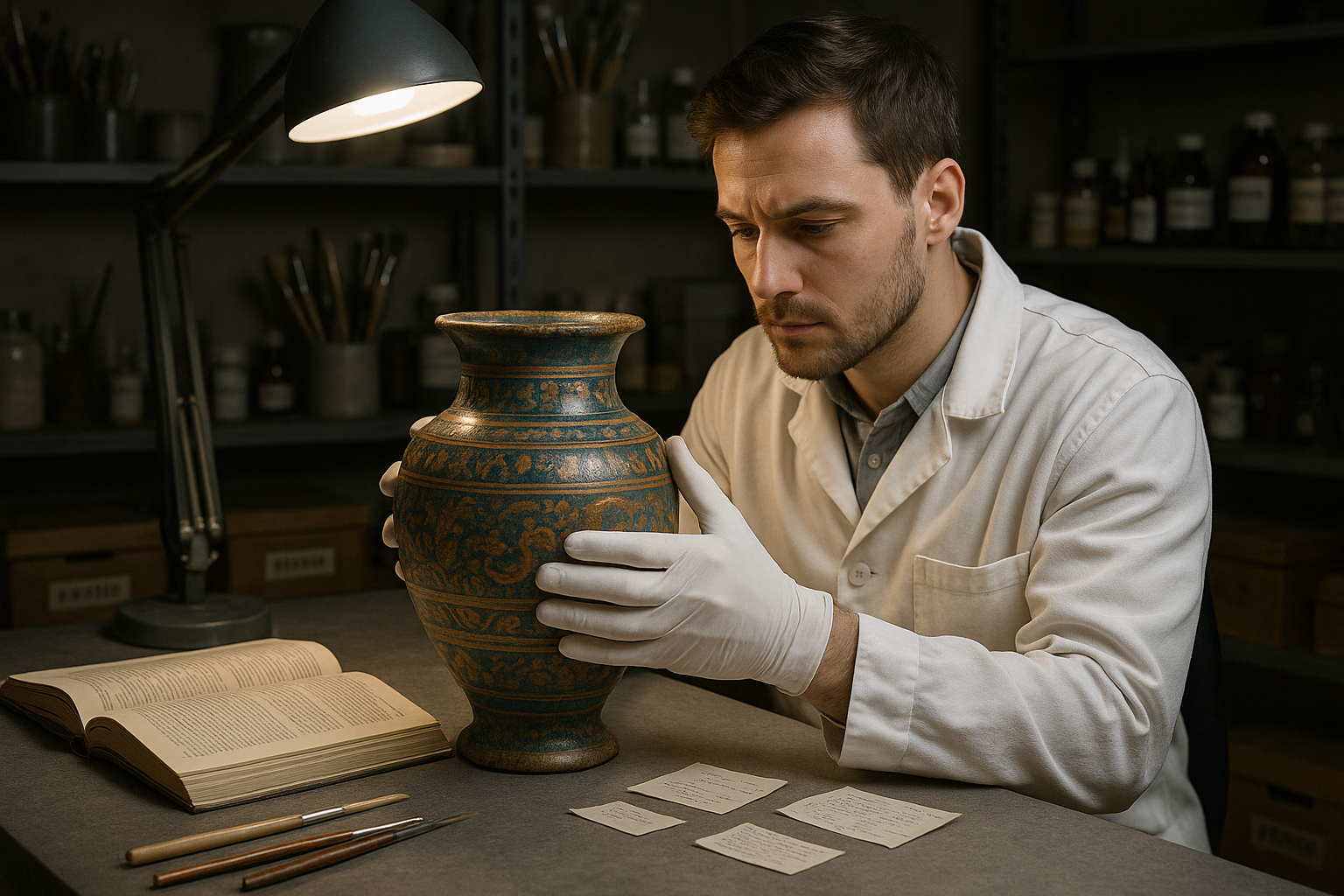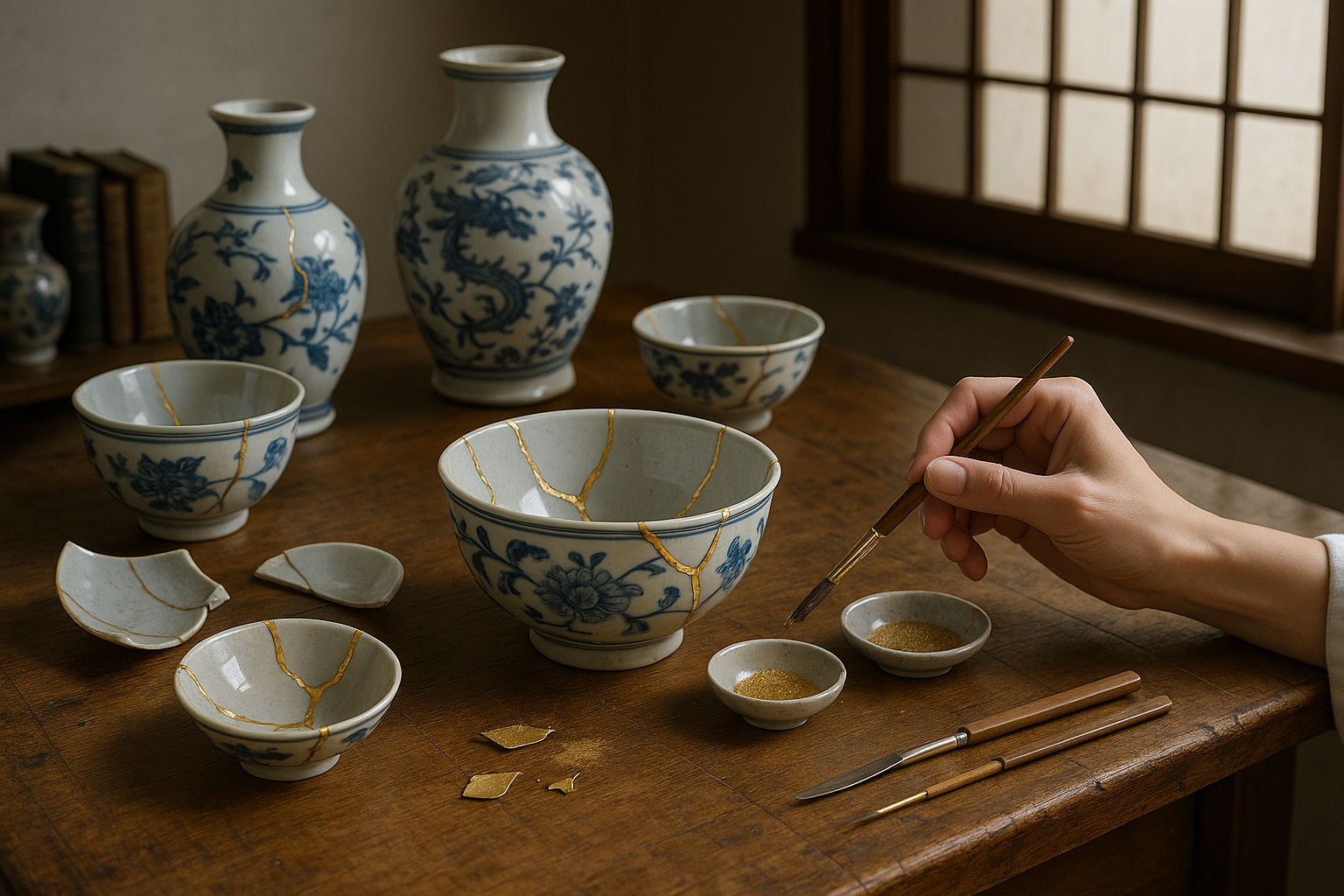In an era where digital screens dominate our daily lives, there’s a growing nostalgia for the tangible and tactile. Among the arts experiencing a renaissance in this digital age, calligraphy stands out as a symbol of beauty, patience, and timeless elegance. But what exactly is driving this resurgence of interest in calligraphy reconstruction? 🤔 And how are modern artists blending traditional techniques with contemporary innovations to redefine this ancient art form?
Calligraphy, often described as the art of beautiful handwriting, has its roots deep in history, spanning various cultures and epochs. From the graceful strokes of Arabic script to the intricate patterns of Chinese calligraphy, this art form has been used not just as a medium of communication, but as a reflection of culture and identity. Today, the revival of calligraphy is not just about preserving these traditional scripts; it’s about reinventing them for a new audience and context.
The beauty of calligraphy lies in its ability to transform mere words into art. Each stroke is deliberate, each curve intentional, creating a visual rhythm that captivates the eye. In modern times, artists and enthusiasts are exploring calligraphy not just with pen and ink, but through digital tools, enabling a fusion of tradition and technology. This blend is creating exciting new possibilities for expression and innovation in the field of calligraphy reconstruction.
One of the driving forces behind the revival of calligraphy is the increasing desire for personalization and authenticity. In a world saturated with mass-produced goods and homogenized aesthetics, calligraphy offers a breath of fresh air. Handcrafted and unique, each piece of calligraphy carries the personal touch of the artist, making it a cherished possession in an impersonal world. Whether it’s a beautifully penned wedding invitation or an inspiring quote adorning a living room wall, calligraphy adds a personal touch that resonates on a deeper level.
Another factor contributing to the resurgence of calligraphy is the mindful and meditative process involved in its creation. In contrast to the fast-paced digital interactions that dominate our days, calligraphy demands patience and focus. The rhythmic motion of pen on paper, the careful attention to detail, and the slow unfolding of each letter provide a calming antidote to the stresses of modern life. Many find solace and satisfaction in this deliberate and tactile practice, using it as a form of meditation and creative expression. 🖋️
Moreover, the digital age has provided unprecedented access to resources and communities for aspiring calligraphers. Online tutorials, workshops, and social media platforms have created a global community where enthusiasts can learn, share, and inspire each other. This connectivity is breaking down geographical barriers, allowing traditional styles from around the world to blend and evolve into something entirely new.
In this article, we will delve deeper into the fascinating world of calligraphy reconstruction. We’ll explore how traditional scripts are being preserved and adapted for modern contexts. We’ll examine the tools and techniques that are shaping the future of calligraphy, from digital pens to laser-cutting technology. We’ll also highlight some of the influential artists leading this revival, showcasing how they are blending the old with the new to create stunning works of art.
Additionally, we will discuss the role of calligraphy in contemporary culture and its impact on design, fashion, and branding. You’ll discover how brands are leveraging the authenticity and elegance of calligraphy to connect with consumers in more meaningful ways. From luxury goods to artisanal products, calligraphy is becoming a symbol of quality and craftsmanship, appealing to a growing audience seeking something unique and genuine.
Whether you’re a seasoned calligrapher, a budding enthusiast, or simply curious about this mesmerizing art form, join us as we embark on a journey through the intricate world of calligraphy reconstruction. Discover the beauty and significance of reviving this ancient art in modern times, and be inspired by the endless possibilities that lie within each stroke. Let’s explore how calligraphy continues to capture our imaginations and hearts, one beautiful letter at a time. ✨
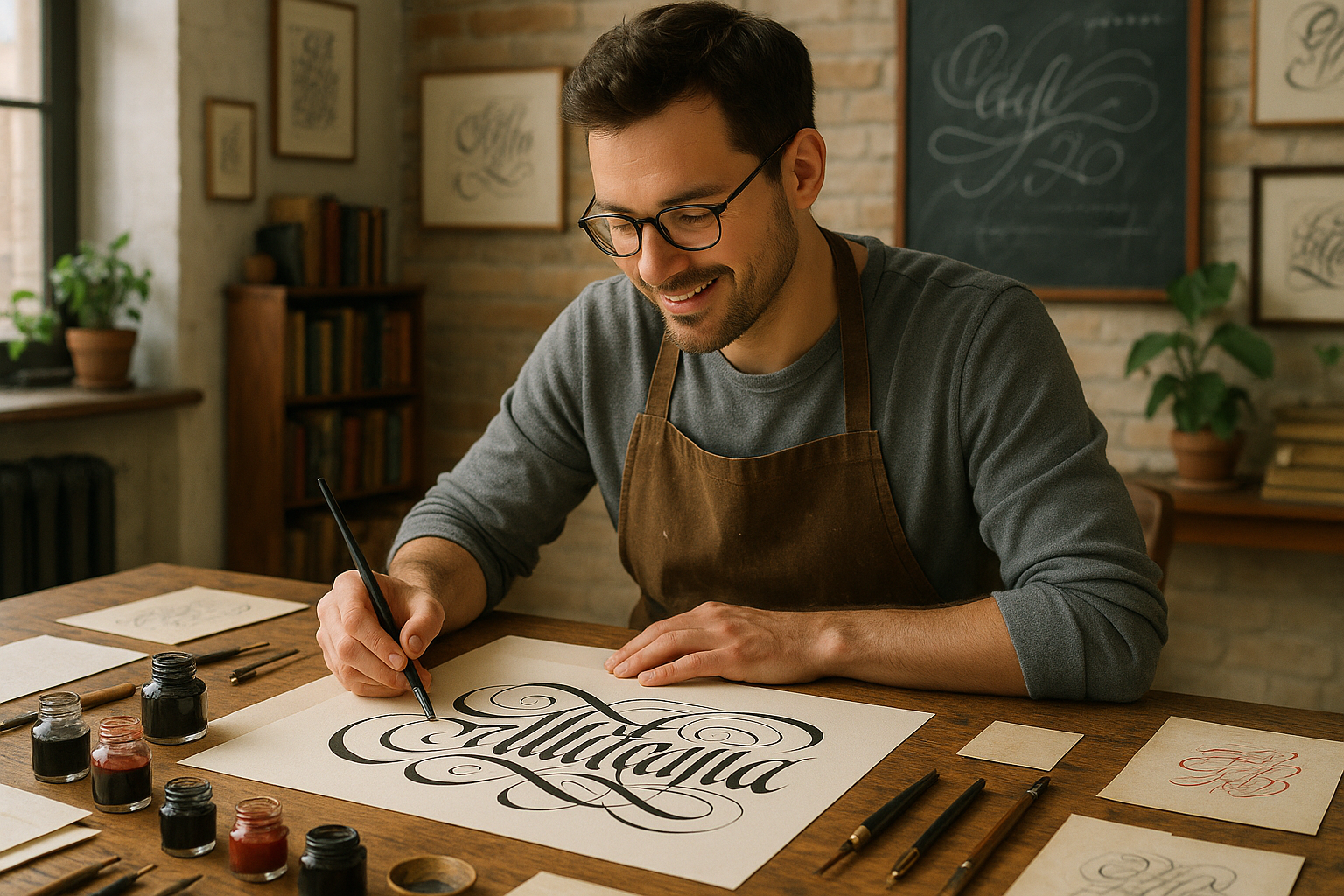
Conclusion
As we conclude our exploration of modern calligraphy, it’s clear that this timeless craft has been beautifully reinvented for the contemporary era. Blending traditional penmanship with creative expression, modern calligraphy transforms words into visual art — celebrating individuality, rhythm, and emotional connection through every stroke.
The true rebirth of calligraphy lies in its fusion of heritage and innovation. 🌿💡 From classic dip pens and brushes to digital styluses and design software, today’s artists continue to push boundaries while honoring centuries-old techniques. Ultimately, modern calligraphy is more than elegant writing — it’s a living art form that bridges past and present, turning language into a canvas for beauty, mindfulness, and personal storytelling.

